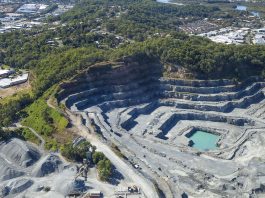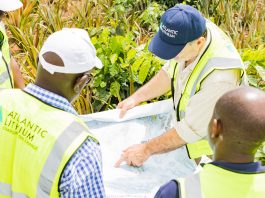Deep-sea mining has emerged as a promising solution to the world’s growing critical minerals needs. But are the hidden treasures of the deep a truly viable source of precious materials?
The world’s oceans, covering approximately 71% of the Earth’s surface, harbour vast resources beneath their depths. These resources stretch beyond marine life and oil reserves, including significant deep-sea mineral deposits that remain relatively unexplored and underutilised. The potential for deep-sea mining as a source of critical raw materials has piqued interest in recent years due to the growing demand for technology, renewable energy sources, and other industrial applications.
Submarine mining presents a new frontier in resource extraction with its unique set of challenges, such as environmental concerns, sustainable practices, legal implications, and technological limitations.
It is crucial to establish balanced strategies that ensure both the commercial viability of these underwater resources and the preservation of marine ecosystems.
This article delves into an exploration of these hidden treasures within ocean floors worldwide, revealing their value, extraction methods used today and future prospects while addressing associated environmental impacts alongside ethical considerations.
The intriguing oceans’ floor
What marvels might be concealed beneath the waves, waiting to be discovered on the intriguing ocean floor?
The expansive underwater world is home to a wealth of oceanic biodiversity that boggles the mind. From tiny microscopic organisms to massive deep-sea creatures, life in the oceans is as diverse and complex as on land.
These ecosystems play a pivotal role in maintaining global climate balance, trapping vast amounts of carbon dioxide which would otherwise contribute to atmospheric warming.
Additionally, they provide shelter and breeding grounds for numerous species, many of whom remain undiscovered or poorly understood due to difficulties accessing their deep-sea habitats.
The marine topography is another fascinating aspect of the ocean floor’s allure. Ocean floor formation occurs through geological processes such as plate tectonics, volcanic activity and sediment deposition, creating varied landscapes comprised of trenches, ridges, plains and seamounts.
This dynamic topography does not only influence ocean currents and climate but also creates unique habitats for sea dwellers.
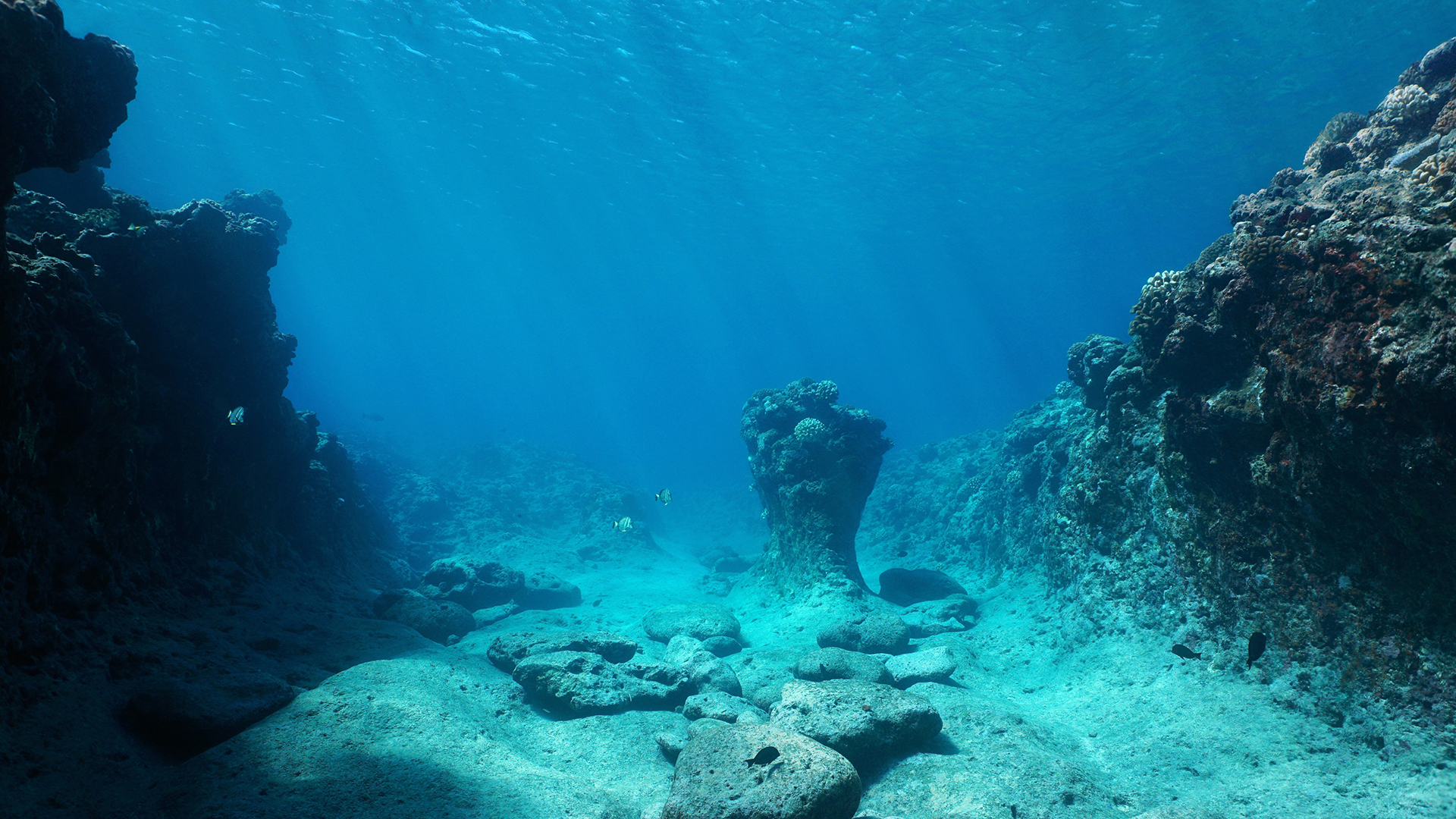
For instance, hydrothermal vents along mid-ocean ridges shelter communities of organisms capable of withstanding extreme conditions, a testament to life’s resilience.
Exploration efforts are often rewarded with insights into our past; underwater archaeology has uncovered shipwrecks and submerged cities, offering invaluable historical knowledge about ancient civilisations’ maritime activities.
Such discoveries have expanded our understanding of trade routes used in antiquity or warfare strategies employed during naval battles.
Furthermore, these archaeological findings often possess hidden treasures themselves – artefacts made from precious metals or stones preserved perfectly under layers of sediment on the seabed – providing tangible links between humanity’s past endeavours and its current quest for seabed mineral deposits.
The value of underwater minerals
Significant economic potential lies in the vast array of underwater minerals, including precious metals and rare earth elements, which have yet to be fully exploited.
These resources are increasingly vital as terrestrial reserves dwindle or become harder to access due to environmental constraints and regulations.
Underwater prospecting is gradually becoming a feasible solution, supported by technological advancements that enable more accurate mineral valuation.
The oceanic geology offers opportunities for extracting valuable commodities such as copper, cobalt, nickel, zinc, silver and gold, all essential for modern industries like electronics manufacturing and renewable energy technologies.
Marine bioprospecting involves the exploration of marine ecosystems for organisms with potential commercial value; this often leads to the discovering of new mineral deposits.
However, it’s not merely about discovering these resources but ensuring a sustainable approach towards their extraction, which poses major challenges.
Further complexities arise when considering seabed ownership: the question of who has the right to explore and exploit these submerged treasures has been a topic of international debate for decades.
The United Nations Convention on the Law of the Sea (UNCLOS) provides some guidelines on this issue, but many aspects remain unresolved.
Despite these challenges, there can be no denying the immense value that lies beneath our oceans’ surface. Current estimates suggest that seabed mineral deposits could satisfy global demand for several centuries at current consumption rates—providing an unprecedented opportunity for growth in numerous sectors.
However, any exploitation must remain aware of environmental sustainability; balancing economic gain with ecological preservation will ensure these treasures continue providing benefits to future generations without compromising the vitality and integrity of our oceans’ delicate ecosystems.
Techniques for extracting seabed mineral resources
Harnessing the wealth of ocean floor resources necessitates innovative and environmentally friendly extraction techniques, much like a skilled surgeon operating with precision to minimise harm while maximising benefits.
For instance, Nautilus Minerals has developed robotic machinery that can extract high-grade sulphide deposits containing copper and gold from depths exceeding 1,500 meters without causing substantial ecological damage.
This equipment innovation is explicitly designed to tackle the unique mining challenges the deep sea environment presents, such as extreme pressure, corrosive saltwater and pitch-black darkness.
The successful extraction of these resources largely depends on accurate resource estimation, which in turn relies heavily on seabed mapping.
Through advanced technology like remotely operated vehicles (ROVs) equipped with sonar systems and high-resolution cameras, detailed maps of the seafloor can be created.
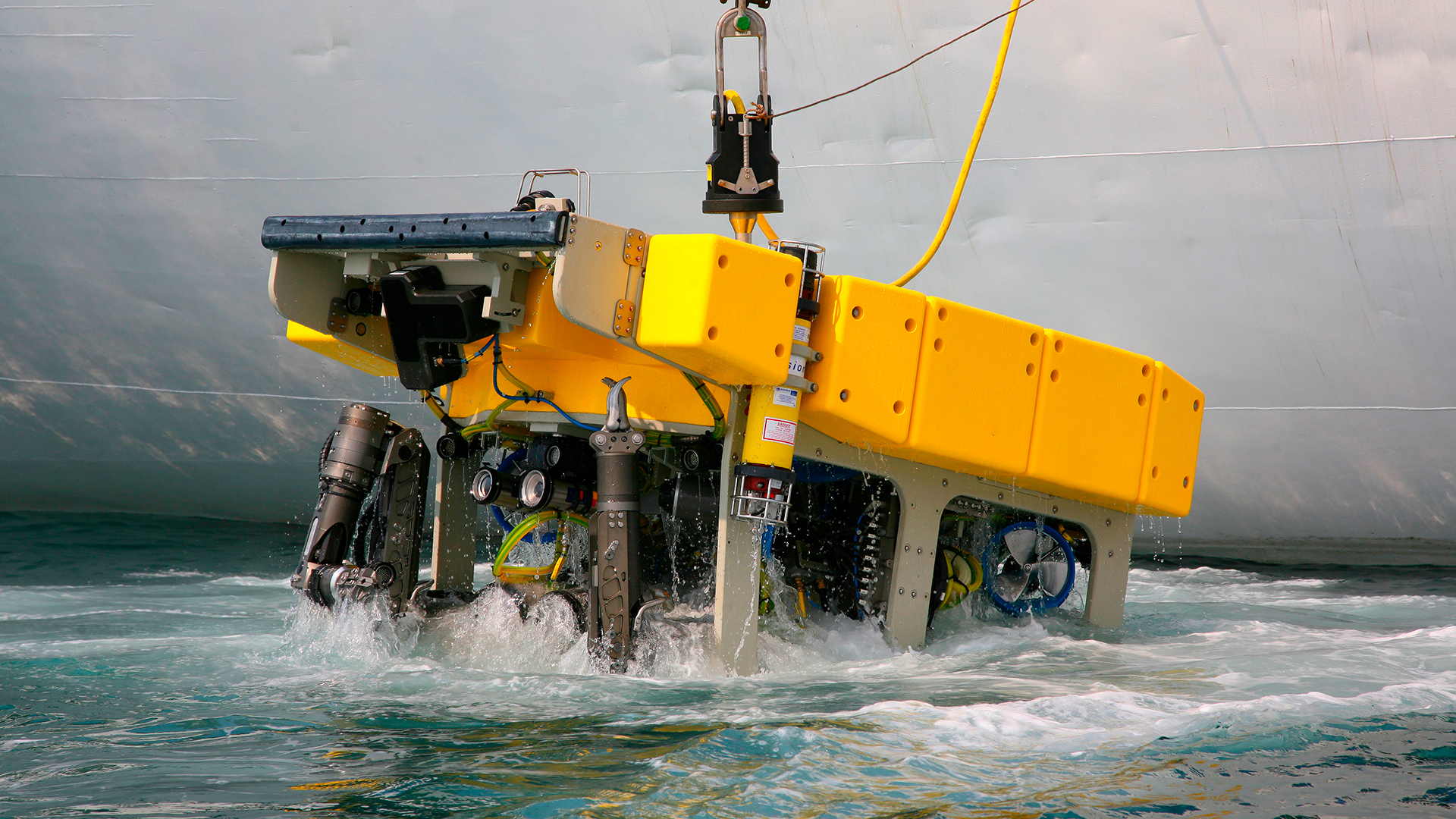
This thorough understanding of the geological composition aids in determining where mineral deposits are most likely located.
As more companies venture into this frontier industry, it becomes paramount to balance economic interests with environmental preservation.
Although there’s no denying the potential for vast profits from seabed minerals such as cobalt and nickel used in renewable energy technologies, responsible practices must be at the forefront of operations.
The adverse impact on marine ecosystems and biodiversity due to reckless extraction methods cannot be underestimated.
Environmental impact and sustainability concerns
Balancing the economic promise of deep-sea mining with environmental stewardship poses a formidable challenge, as the potential disruption to marine ecosystems and biodiversity from such activities raises serious sustainability concerns.
The process of extracting minerals from the seabed often results in significant ecosystem disturbance, causing harm to both flora and fauna in these sensitive habitats.
This is particularly concerning given that many species residing on or near the seabed are yet to be discovered or fully understood by science.
Therefore, an impact assessment prior to any mineral extraction activities becomes imperative in order to predict and mitigate potentially harmful effects.
Sustainability measures are crucial for managing the environmental impacts of deep-sea mining. These measures should encompass not only direct mitigation strategies but also comprehensive waste management plans.
The latter is important because mining activities produce substantial quantities of waste material, which, if improperly managed, could cause further damage to marine environments already under stress from other anthropogenic influences like pollution and overfishing.
Furthermore, establishing no-mining zones in areas identified as critical for biodiversity can help protect against Biodiversity Threats posed by exploitation.
Adopting precautionary principles, where uncertainty about impacts warrants caution rather than precipitous action, is another key aspect of a sustainable resource management approach.
This would include ongoing monitoring and assessment after mining operations have begun, with adaptive management strategies ready to be implemented at signs of unexpected ecosystem responses.
While it’s evident that seabed mineral deposits hold great economic value, they must not be exploited at the cost of irreplaceable marine ecosystems and biodiversity loss, hence necessitating a harmonious balance between utilisation and preservation for long-term sustainability.
The role of technology in deep-sea mining
In ocean mining, technological advancements are pivotal in unlocking vast troves of untapped wealth while simultaneously striving to mitigate ecological harm.
The advent of robotic innovations and advanced mining machinery has revolutionised seabed mineral exploration by enabling humans to reach and mine previously inaccessible areas.
These cutting-edge technologies not only improve the efficiency of underwater operations but also reduce the environmental footprint by minimising physical disturbance to the marine ecosystem. Moreover, they enhance safety measures as human divers are no longer required for risky deep-sea operations.
However, despite these strides forward, there remain significant technological challenges that hinder progress in sustainable seabed mining practices.
One such challenge is developing reliable methods for tracking plume dispersion patterns caused by extracting resources from the seafloor due to currents or tides; this can have lasting adverse effects on sea life if left unmonitored or mismanaged.
Furthermore, advancements in sonar technology are needed for precise mapping and characterisation of underwater mineral deposits—crucial steps for planning environmentally responsible extraction techniques.
While it’s clear that technology holds immense potential for boosting productivity and mitigating negative externalities associated with ocean mining activities, its application must be coupled with rigorous regulatory oversight to ensure long-term sustainability objectives are met adequately.
Harnessing these seabed mineral deposits can aid global economic development; however, it’s imperative that this doesn’t come at an unsustainable cost to our oceans’ health—a delicate balance that ongoing research is seeking fervently to strike.
Legal and ethical considerations
As deep-sea mining becomes technologically feasible, a shift in focus is necessitated towards the legal and ethical implications accompanying such activities.
The legislation surrounding seabed mining is entangled with numerous complexities, including but not limited to regulation challenges, sovereignty disputes and indigenous rights.
Regulation challenges are inherent in any global industry, but they are particularly pronounced when it comes to seabed mining due to the international nature of oceanic territories.
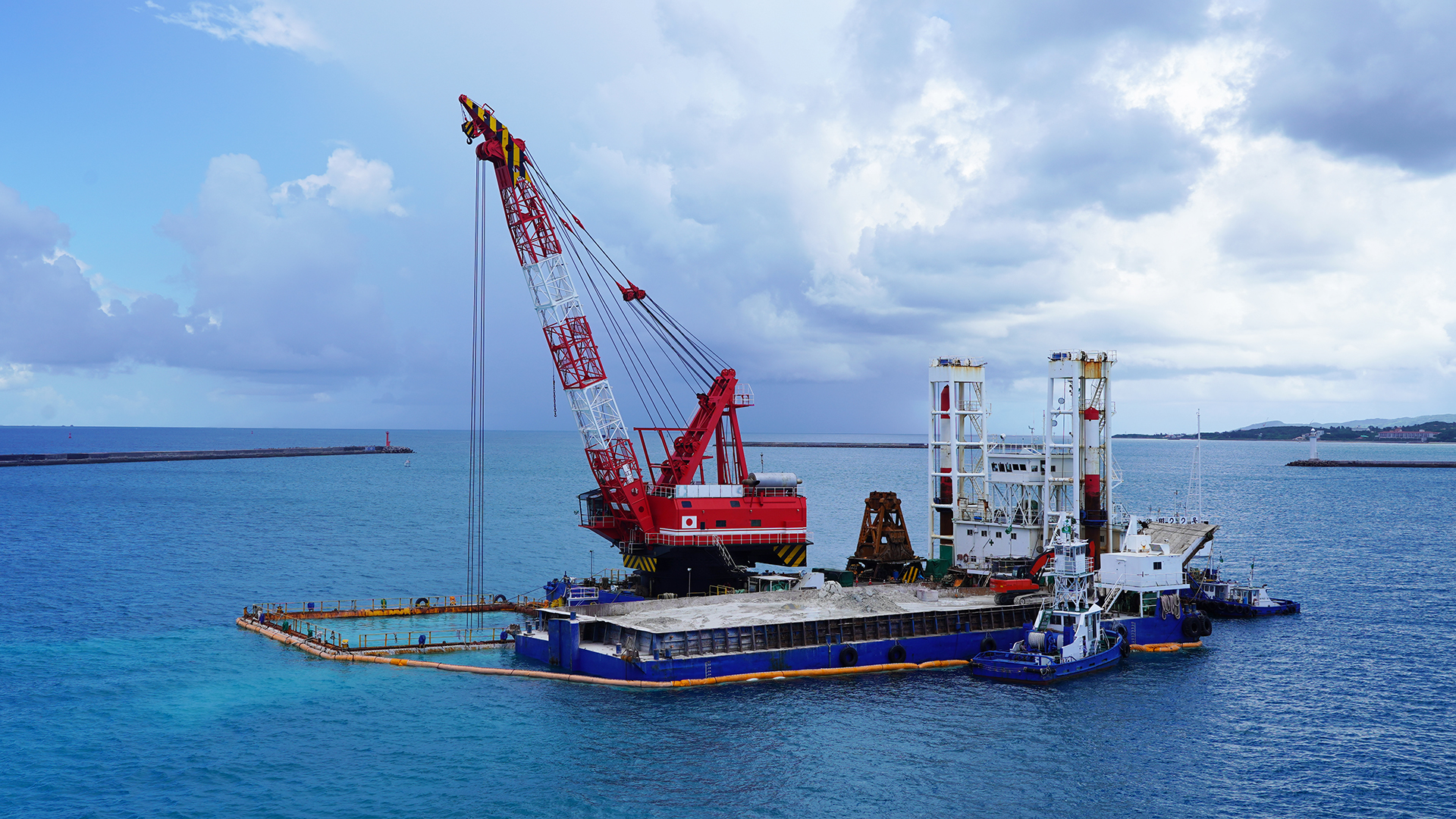
National laws vary widely and can often conflict with each other or with international law. Moreover, there is an ongoing issue of sovereignty disputes over specific areas of the seabed, which further complicates matters.
These uncertainties can result in tension between countries vying for resource control or jurisdiction. Additionally, this terrain intersects with indigenous rights as many coastal communities have ancestral ties to marine environments and may be affected by offshore activities.
International cooperation is paramount in addressing these concerns effectively. A unified approach towards establishing comprehensive mining legislation will not only promote fair practices among nations but also ensure the protection of marine biodiversity.
It must be recognised that while deep-sea exploration promises economic benefits, it should not come at the cost of environmental degradation or violation of sovereign rights.
This calls for heightened collaborative efforts among nations to establish a framework that respects all aspects: economic interests, environmental conservation and societal implications involved in deep-sea mining operations without bias or undue advantage given to any one party.
Potential applications of seabed minerals
Harnessing the potential of ocean floor resources opens up an array of applications that could revolutionise various industries and significantly advance technological development.
The diverse range of minerals present in these seabed deposits, including copper, nickel, cobalt, and rare earth elements, has extensive mineral uses in electronics manufacturing, electric vehicles, renewable energy technologies, aerospace engineering, and telecommunications infrastructure.
Economically significant minerals such as manganese nodules are also abundant on the ocean floor and hold great promise for industries reliant on these materials. Thus, unlocking these underwater treasures could provide a substantial boost to global economies.
The future of deep-sea mining
Projected to become a $2.5bn industry by 2030, deep-sea mining presents an intriguing avenue for future resource acquisition while simultaneously posing questions about its environmental impact and the technical challenges it entails.
As the demand for minerals such as cobalt, nickel, and other rare earth elements continues to rise due to their importance in modern technology applications, the profitability of deep-sea mining is equally on the upsurge.
However, this potential boon must be weighed against the investment opportunities required to capitalise on this nascent industry. The high costs associated with acquiring adequate mining equipment advancements can be prohibitive for some investors who may nonetheless be interested in tapping into this promising sector.
Meanwhile, understanding localised impacts is critical when contemplating the future implications of deep-sea mining. Activities on the seafloor have potential direct effects on local marine species and habitats but also indirect repercussions via sediment plumes that may alter water quality over larger areas.
While research is ongoing to minimise these impacts through innovative technologies and practices, it remains paramount that such studies keep pace with industry expansion so as not to compromise biodiversity or ecosystem health in pursuit of economic gain from seabed mineral deposits.

![document[1] deep-sea funding](https://www.innovationnewsnetwork.com/wp-content/uploads/2023/09/document1-696x392.png)

